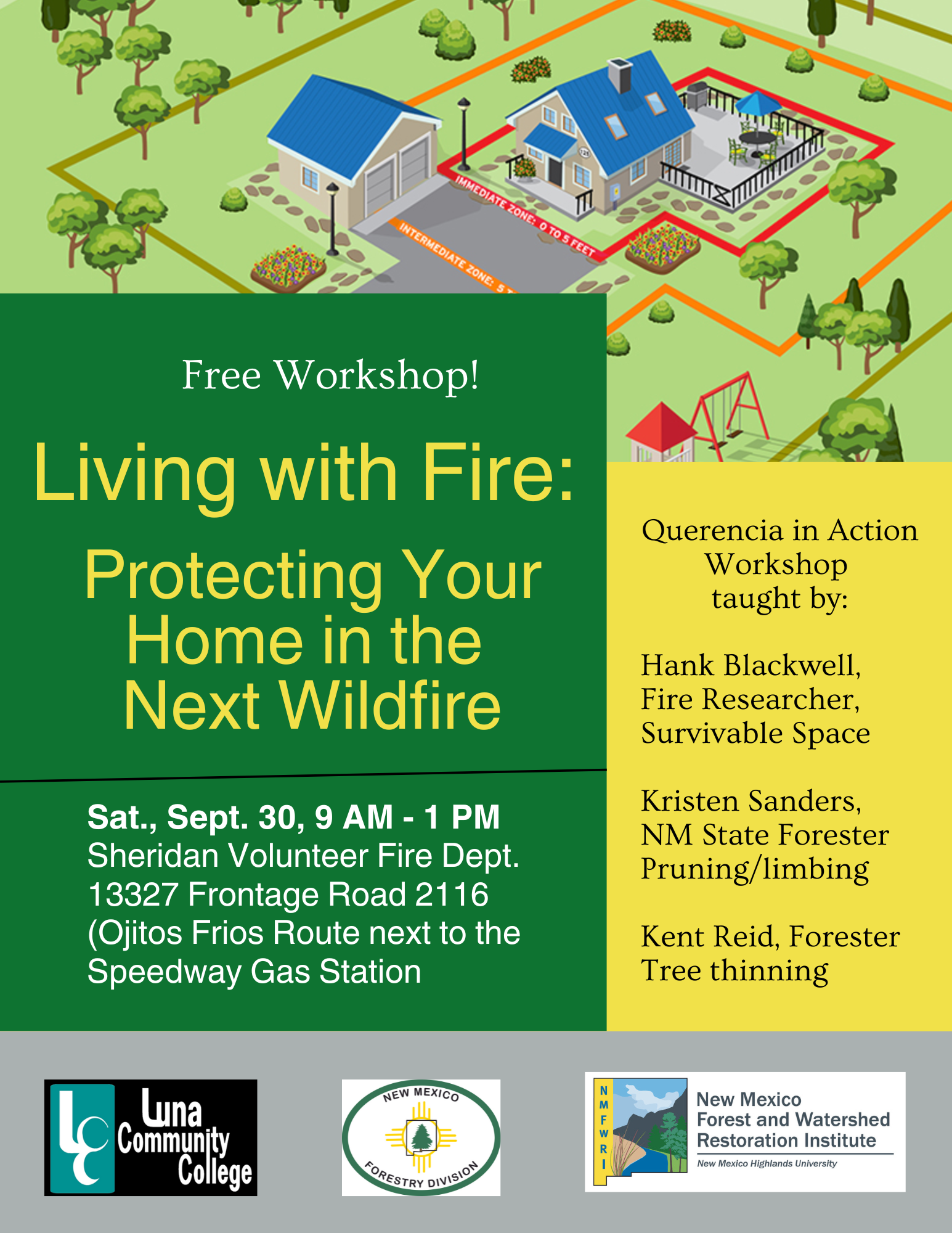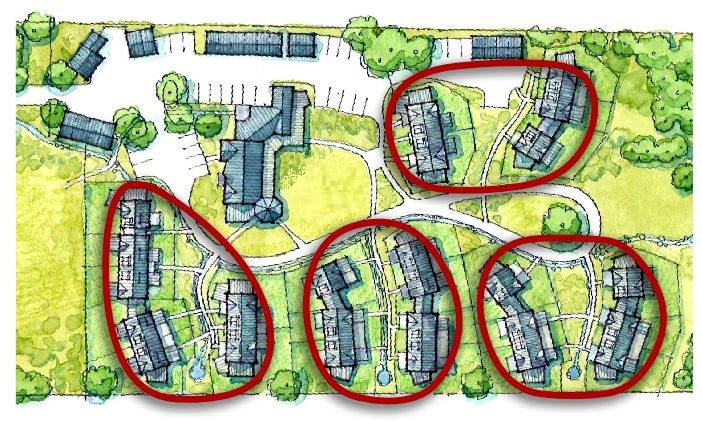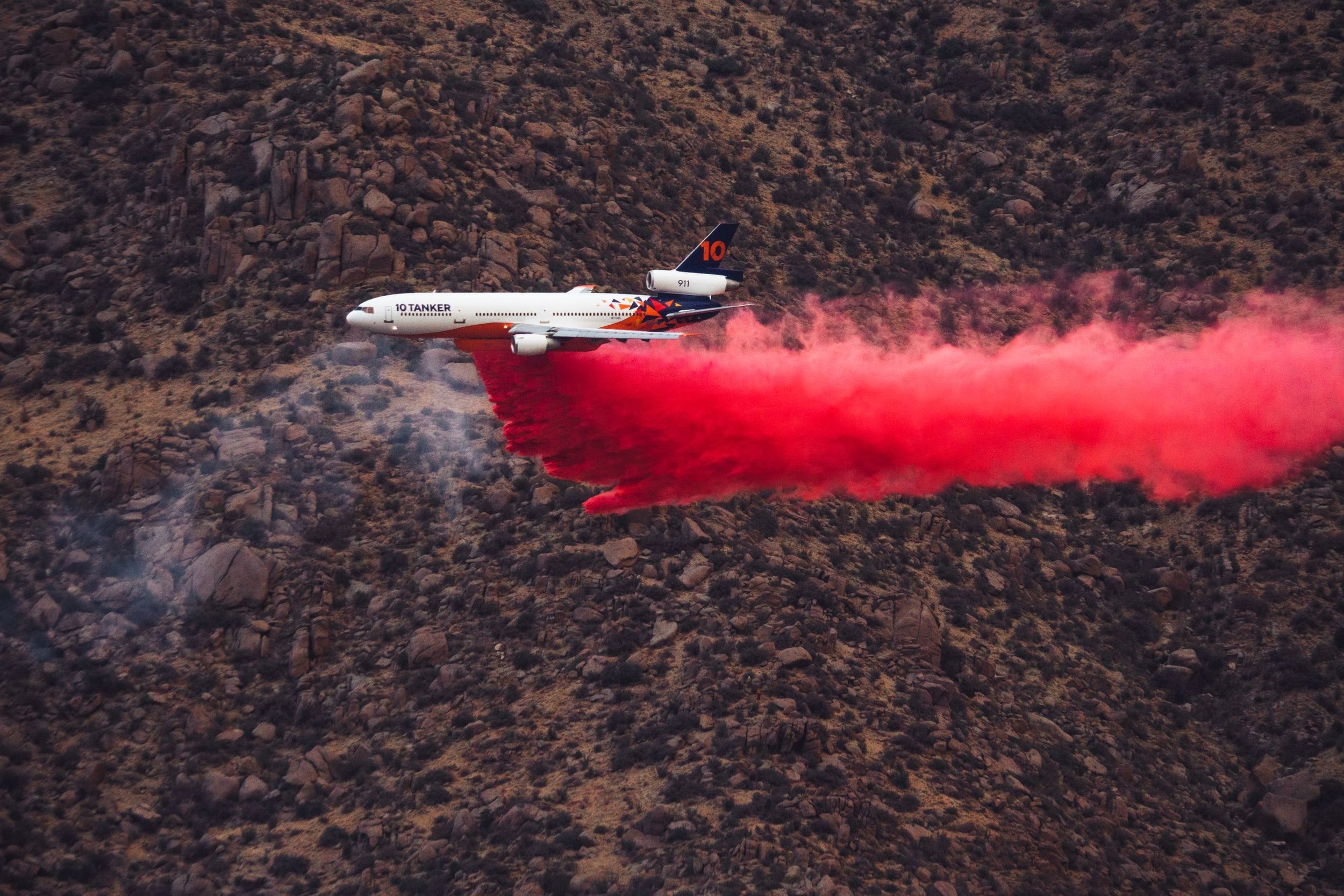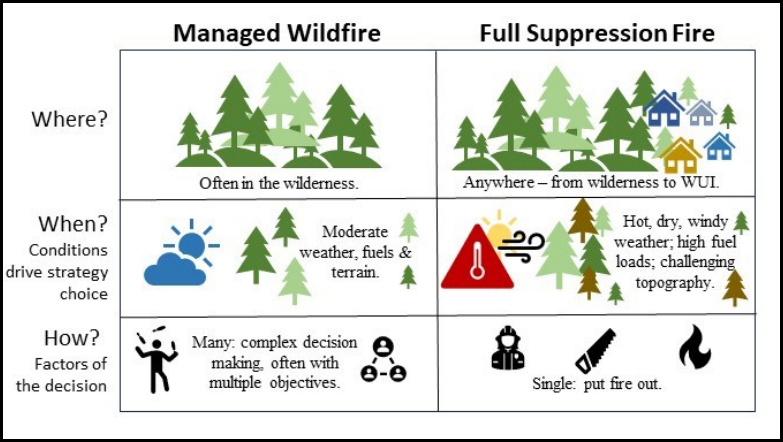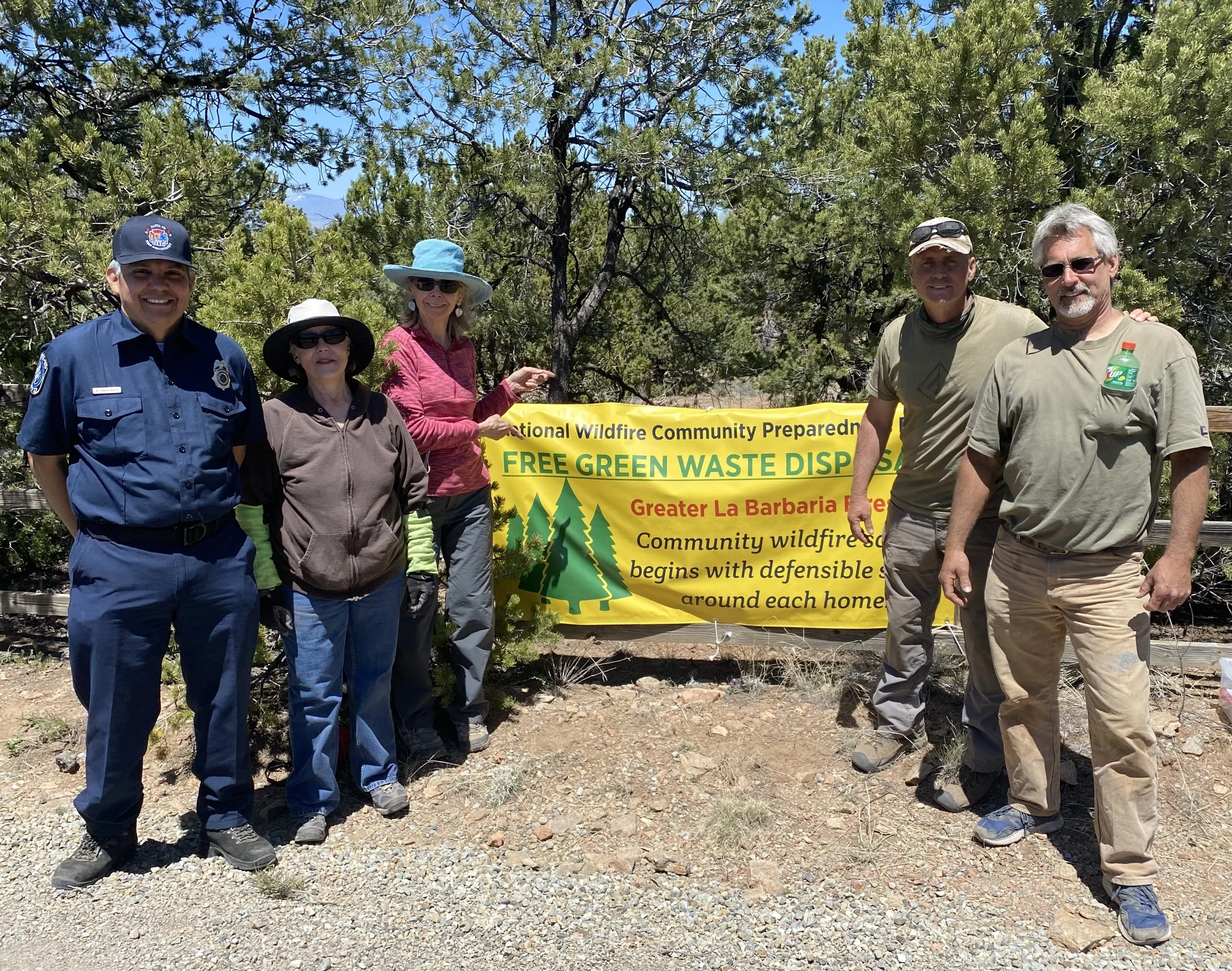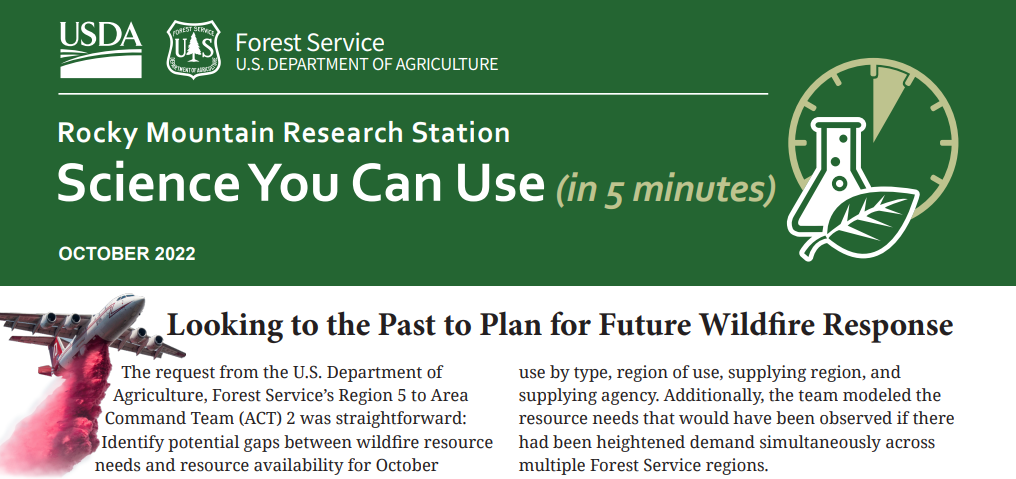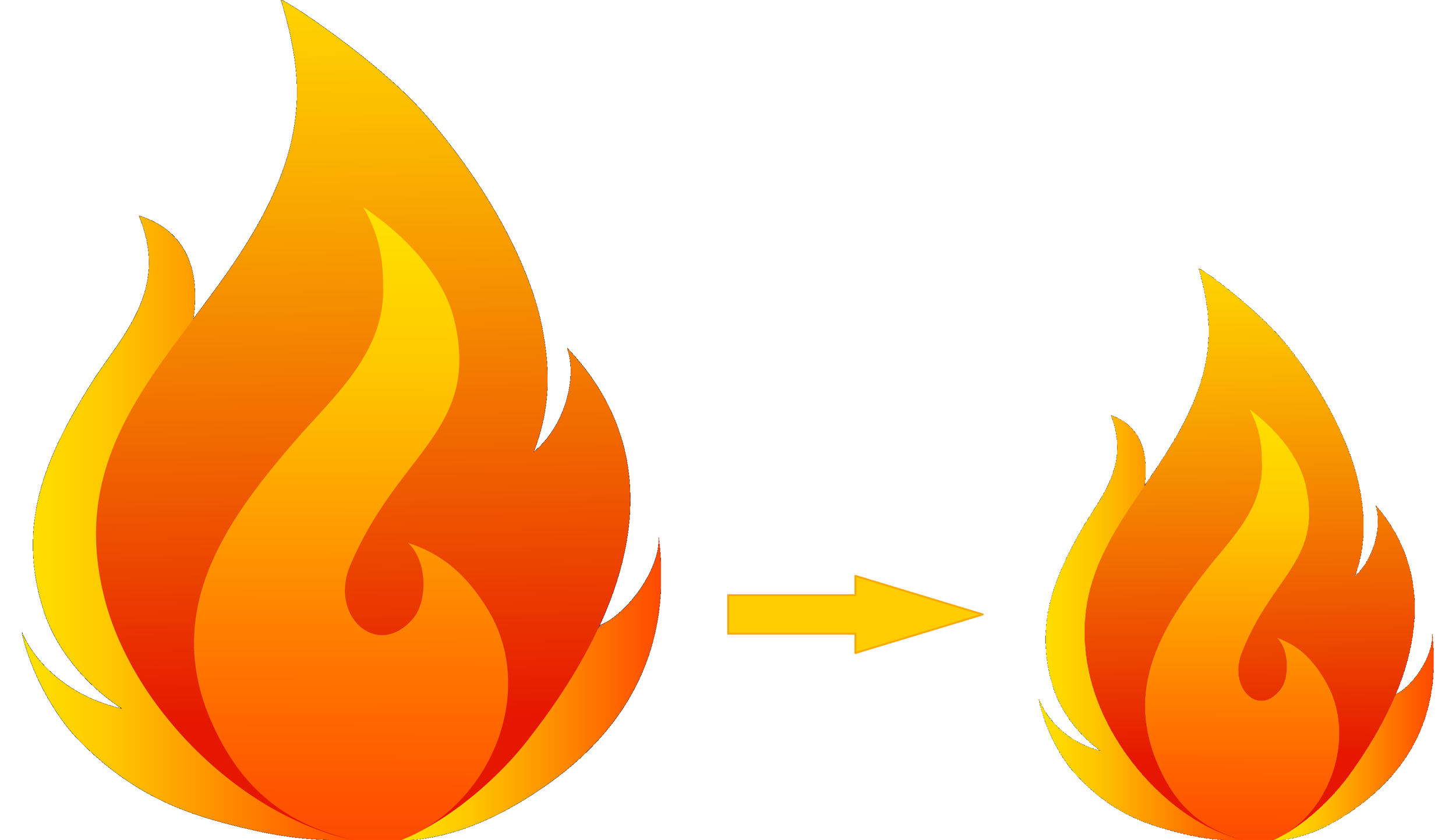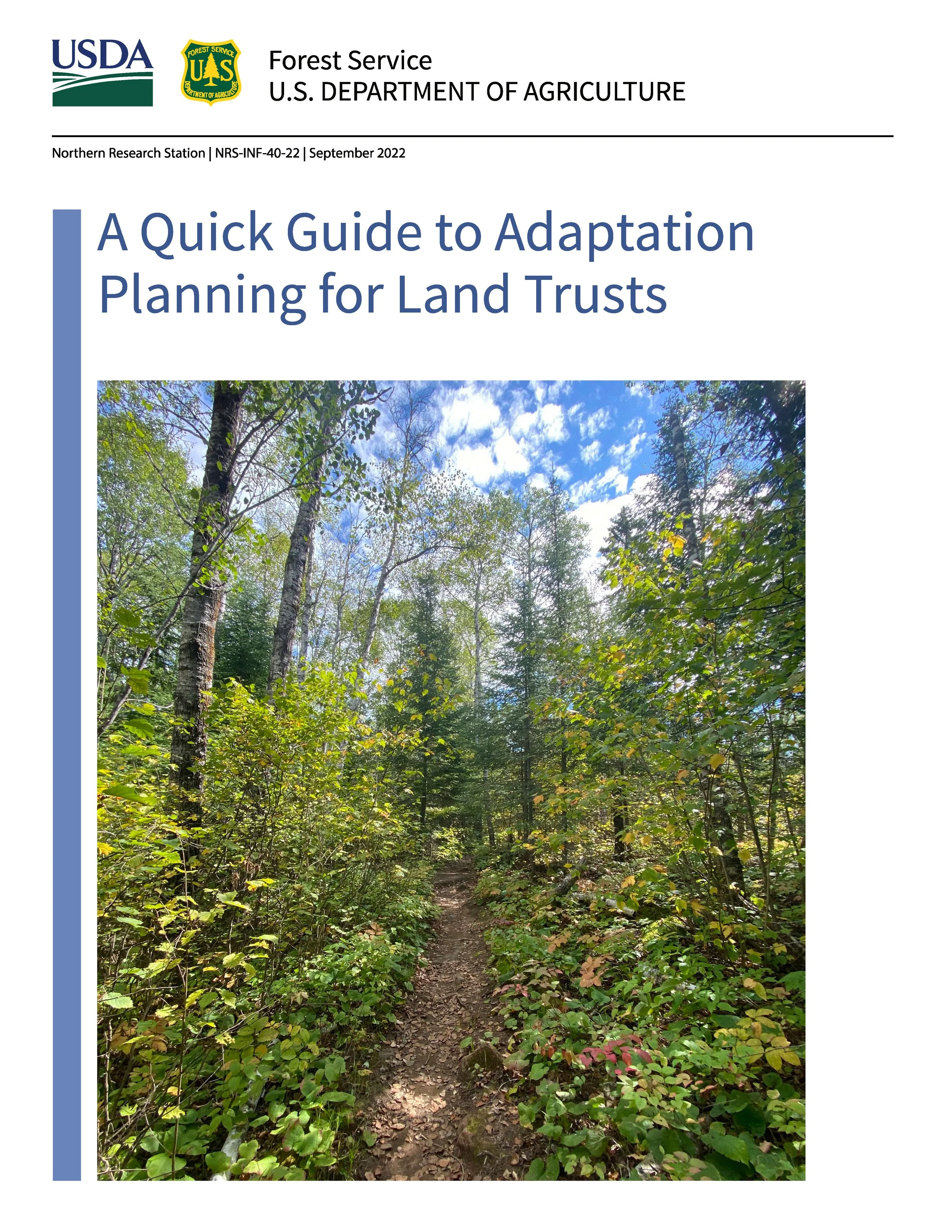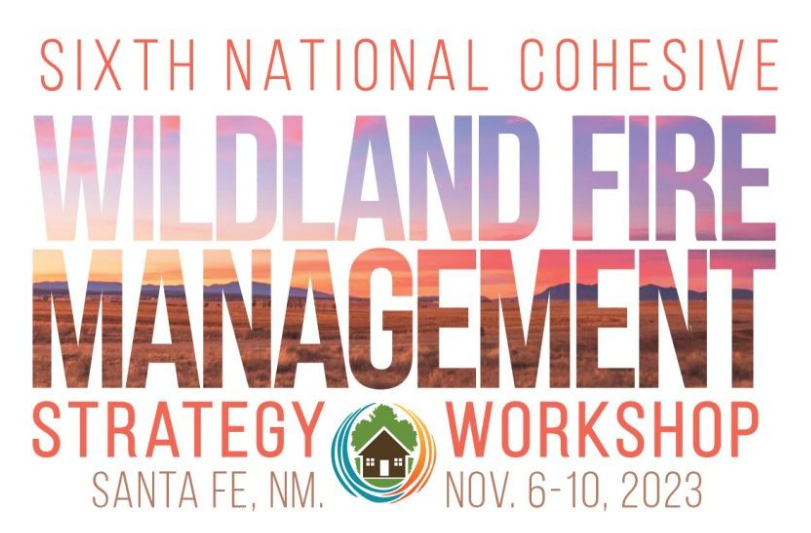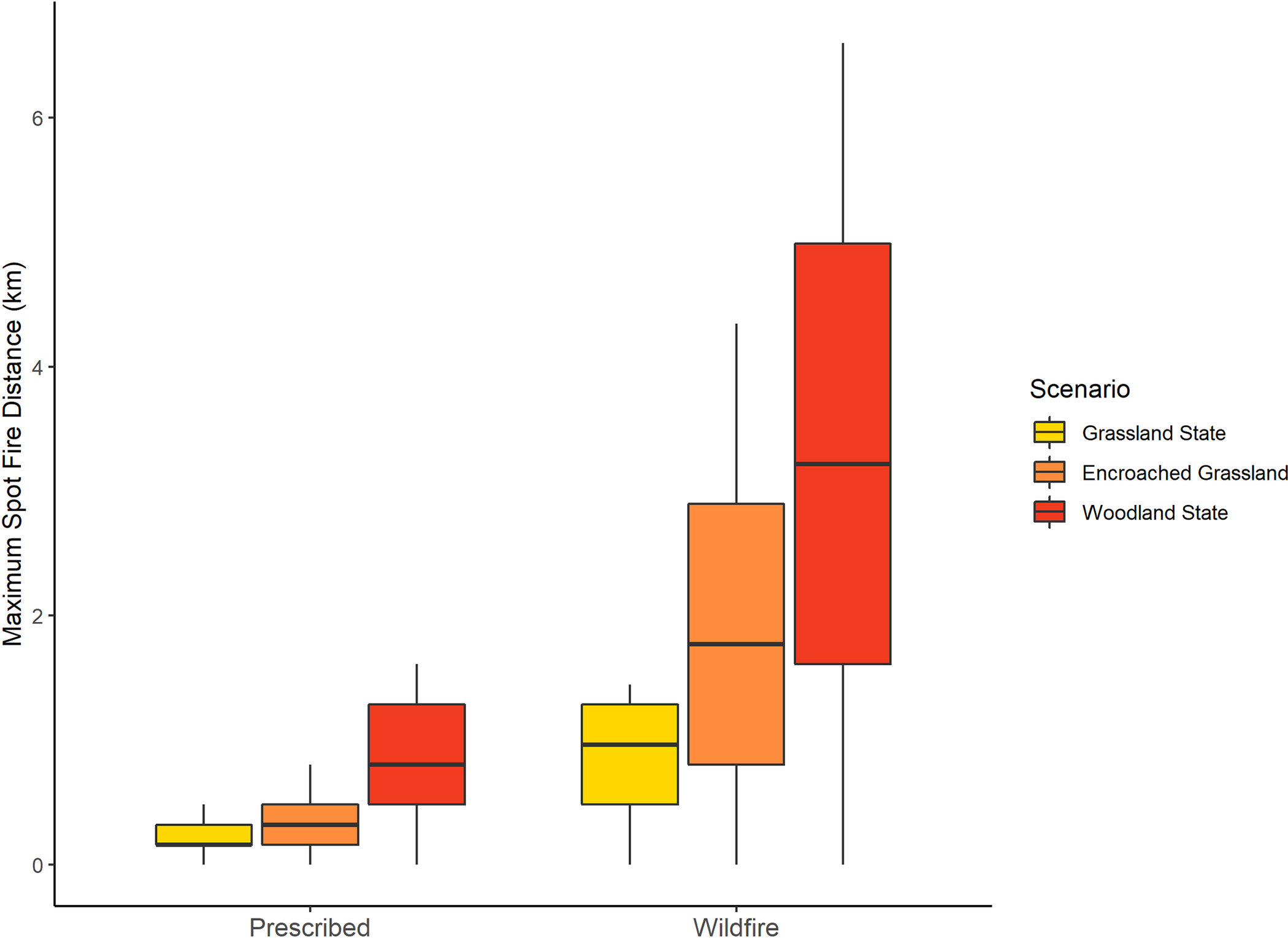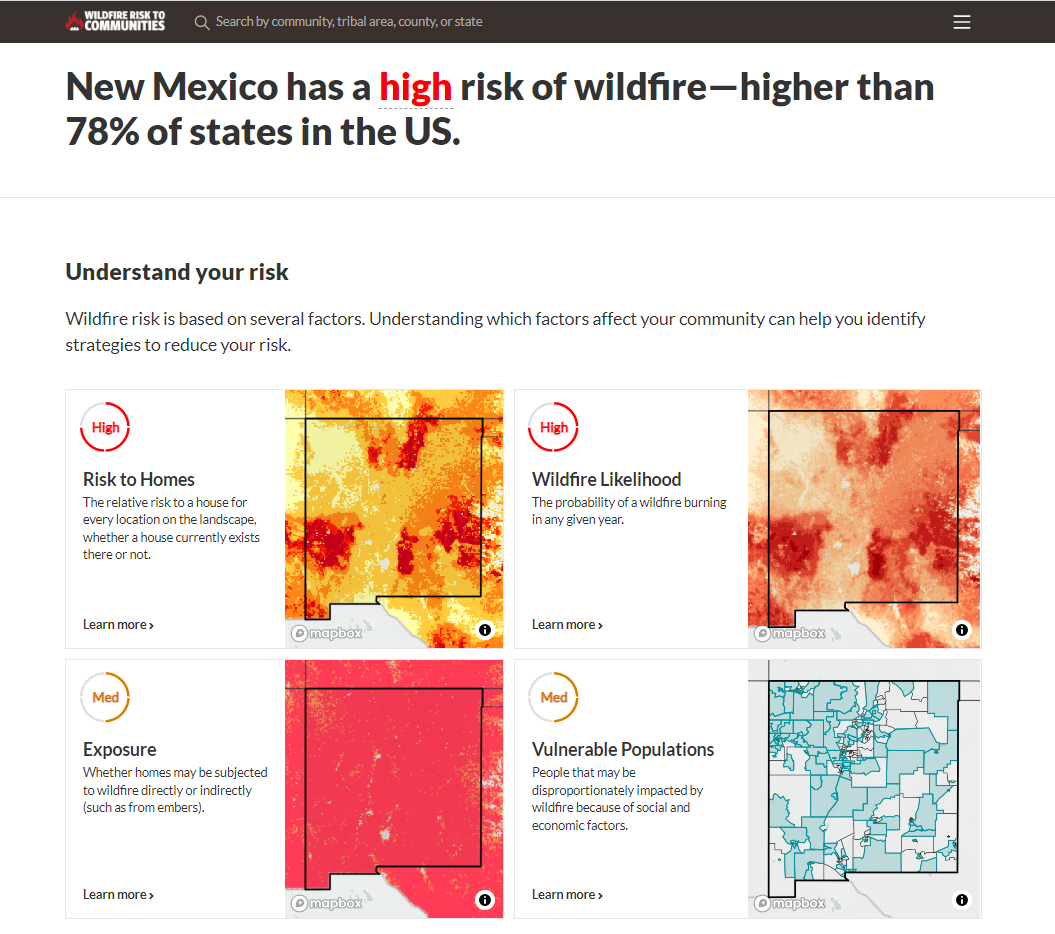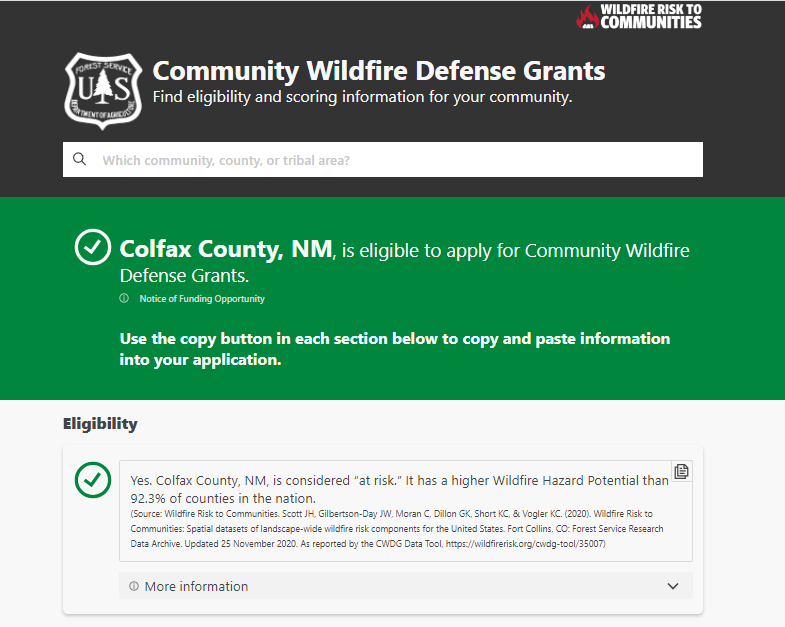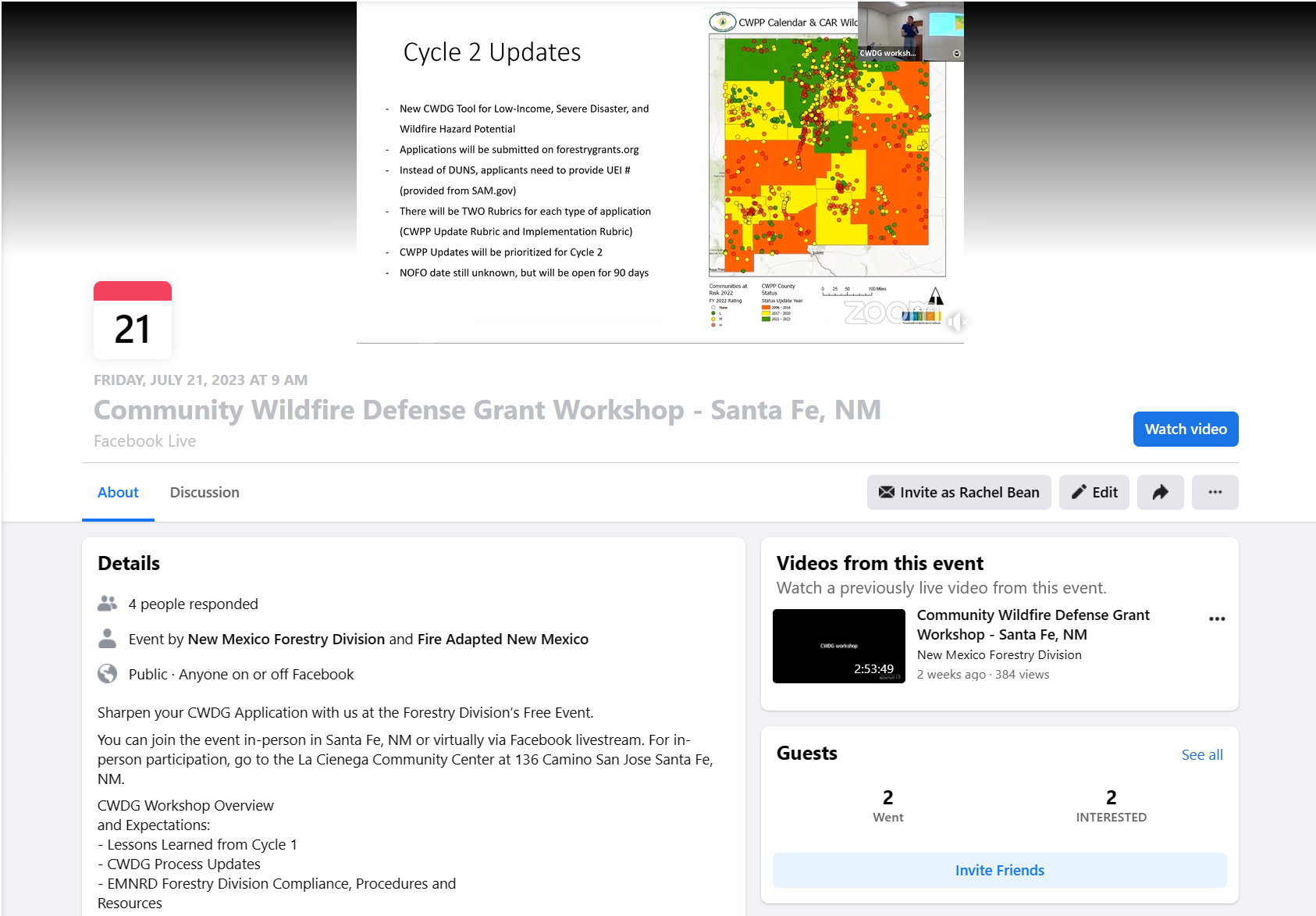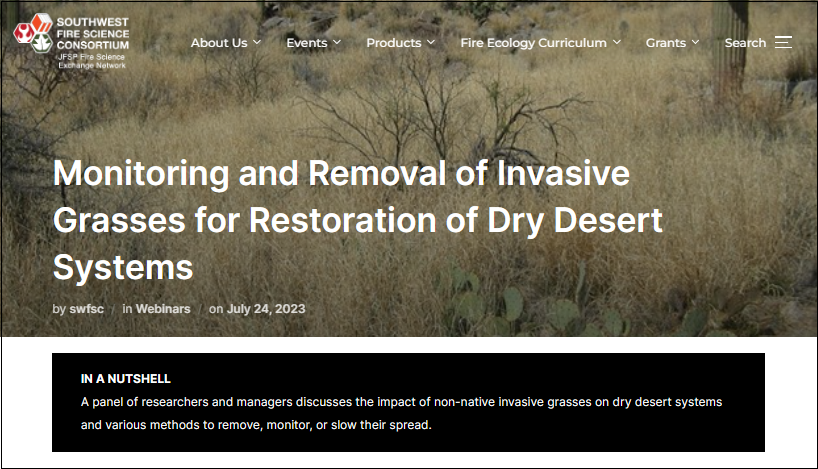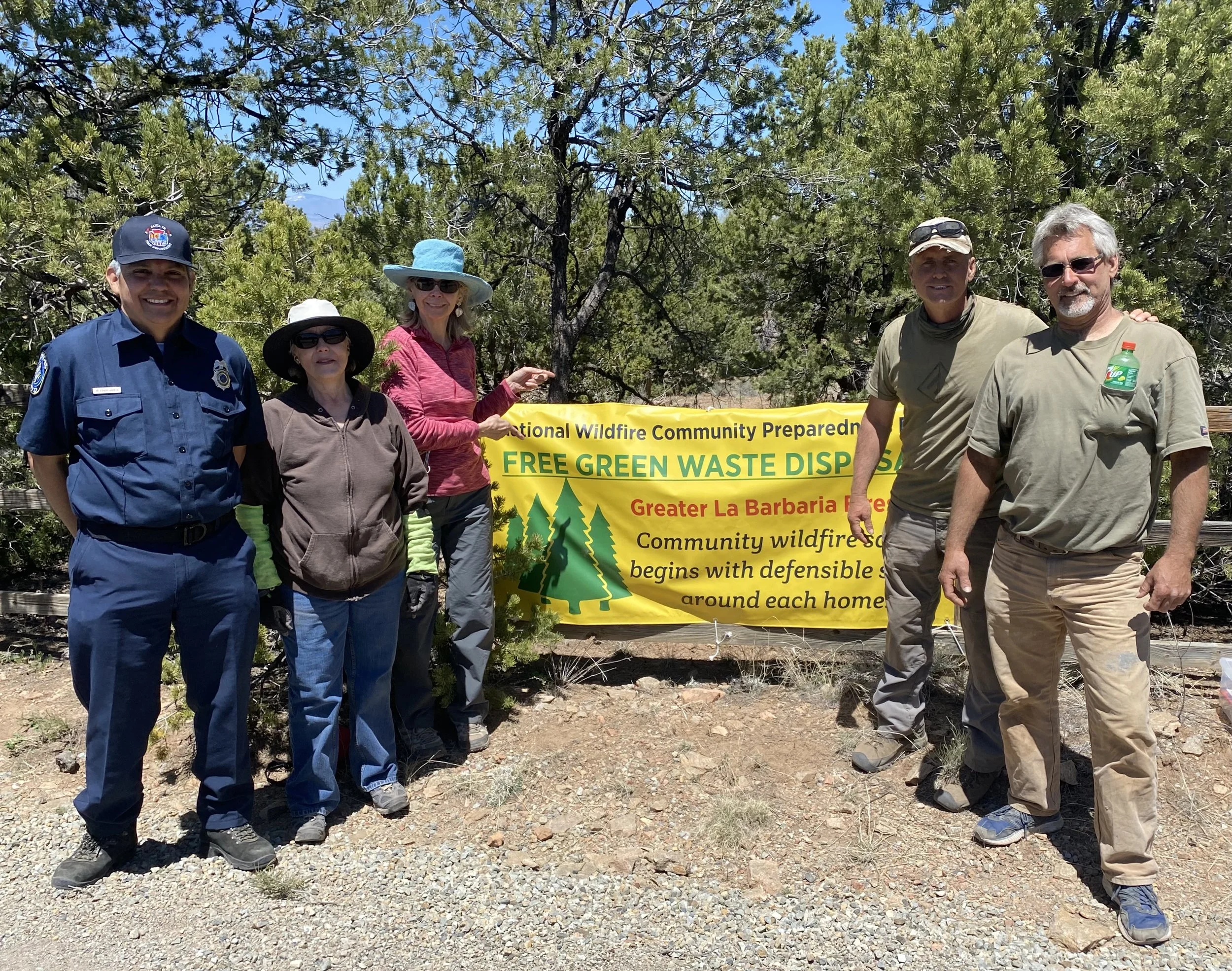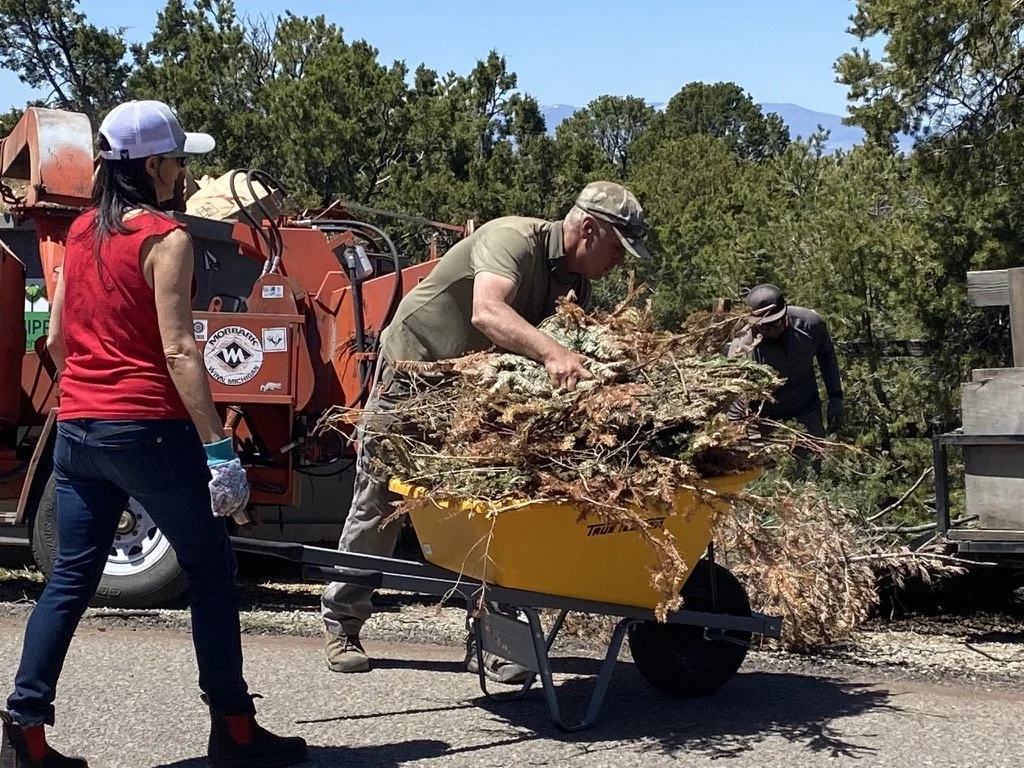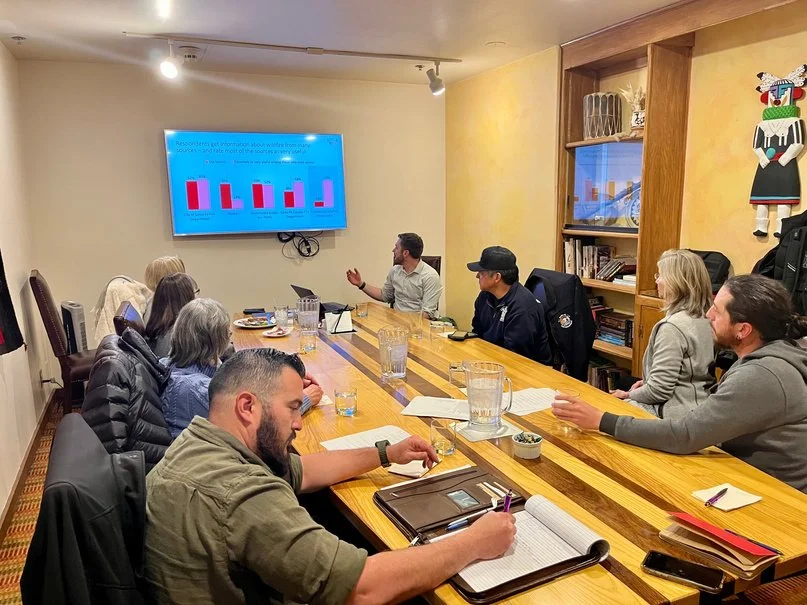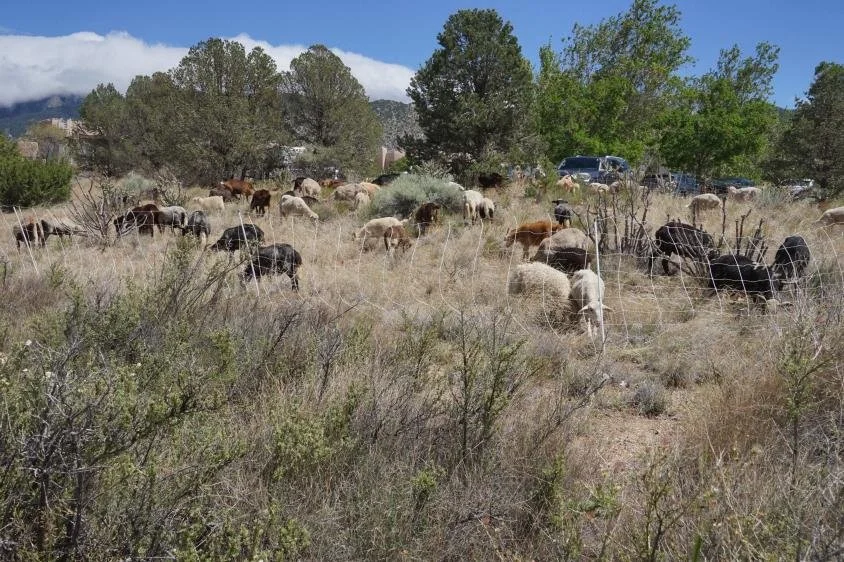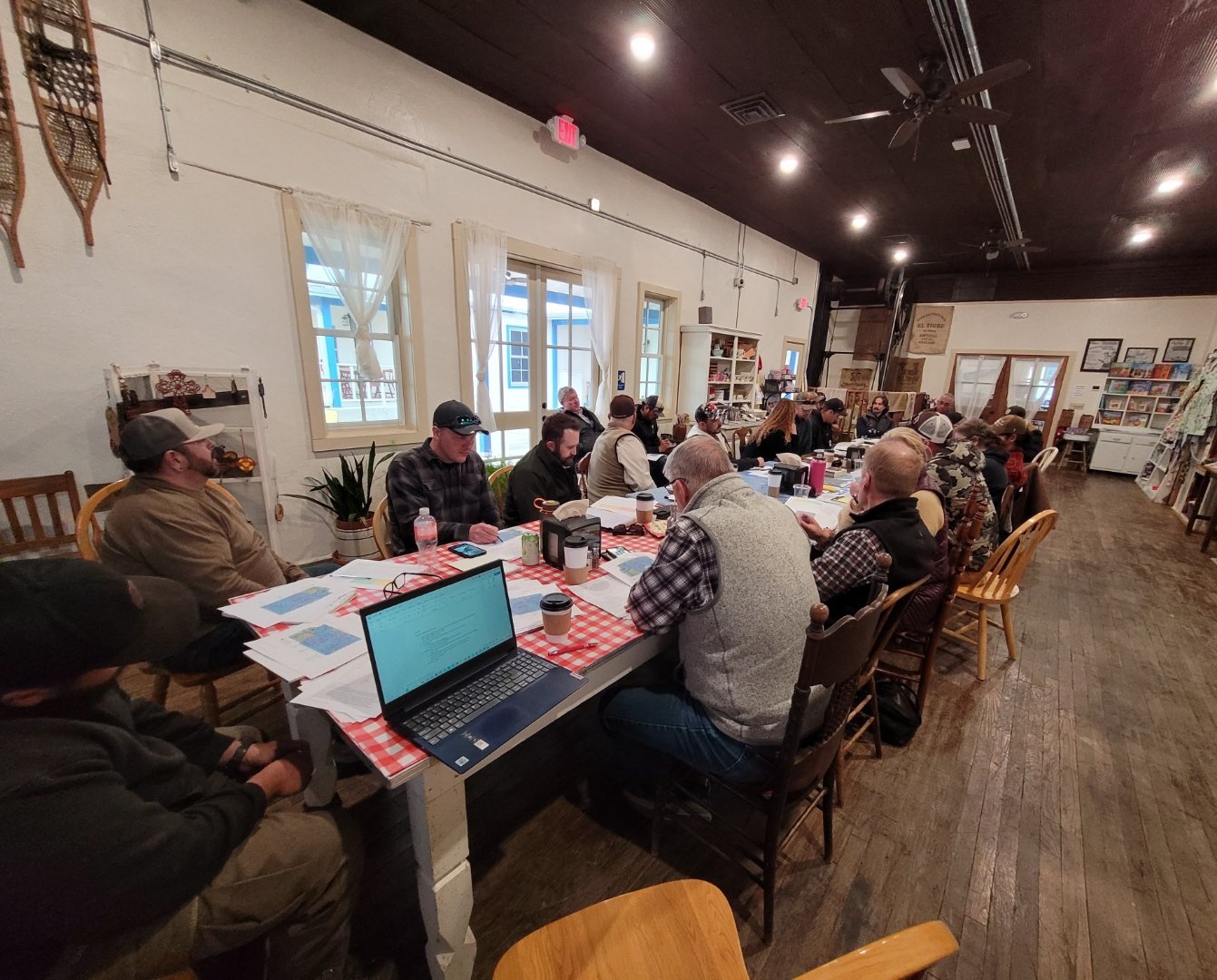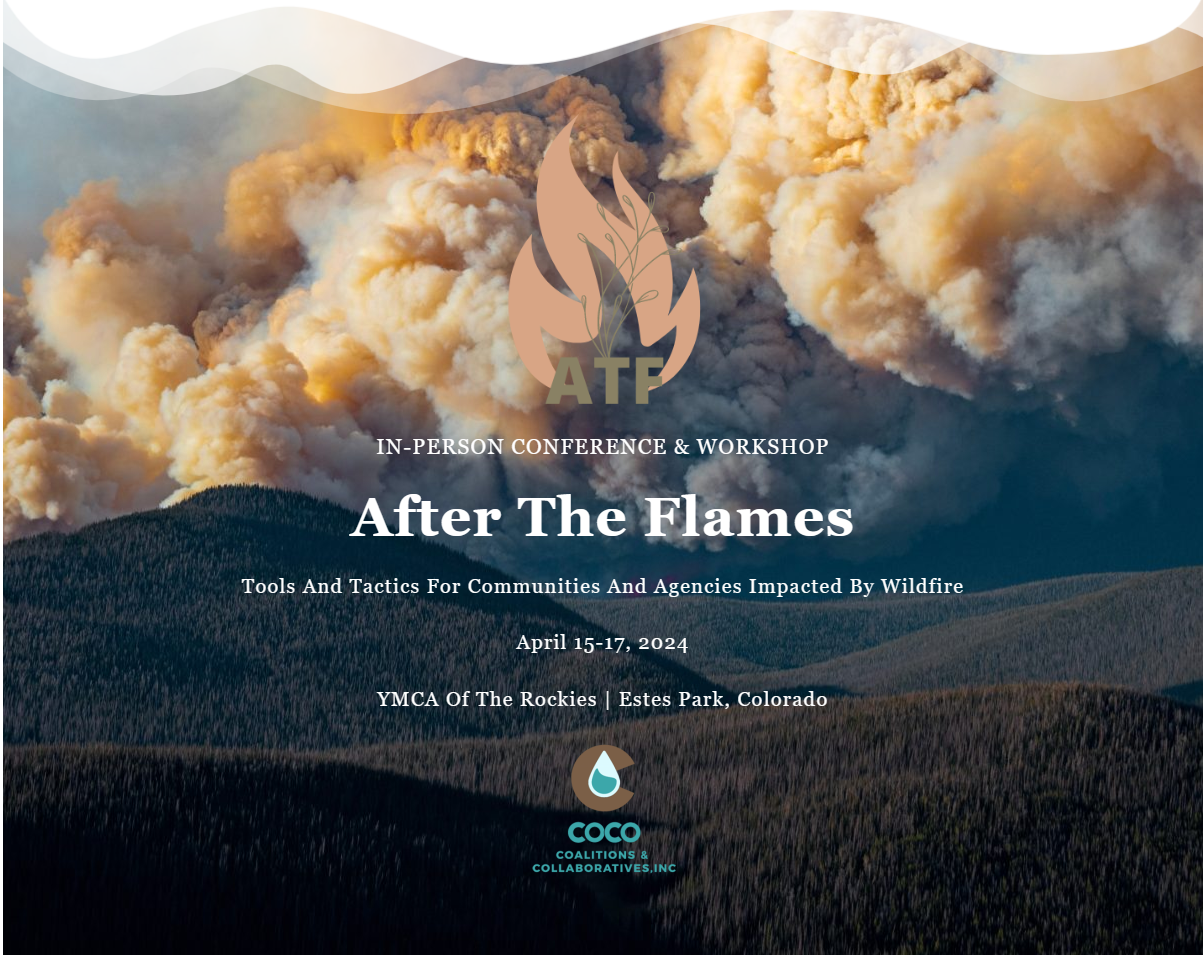REPOSTED to highlight Resources and Upcoming Opportunities
Hello Fireshed folks!
It may seem like common sense, but different communities perceive wildfire, wildfire risk, resilience actions, and personal wildfire risk differently. Even within a small town, individual neighborhoods likely vary wildly in their perception of and readiness for wildfire. As fires grow more extreme across the West and transition from wildlands to widespread house fires more often, effective implementation of wildfire preparedness strategies is becoming more important. Today’s blog provides information on the importance of tailoring fire prevention and preparedness messaging to individual communities to address their unique needs and barriers.
This Wildfire Wednesday features information on:
Resources and upcoming opportunities
How perceptions of fire risk vary across communities
The importance of tailoring fire education programming
Take care and enjoy the autumn equinox!
Rachel
Resources and other Opportunities
Funding opportunities
FACNM Microgrants Round 2 - Closes September 30!
The microgrant program from FACNM provides up to $2,000 for activities related to community fire preparedness, including community chipper days, educational events, meetings, public thinning demonstrations, and more! Applicants must be a FACNM Member or Leader (take 10 minutes to apply to join) and can apply for funding through a short Google Forms questionnaire. Learn more about the microgrant program and read about past recipients.
Ready, Set, Go! Program Fuels Reduction Grants - Closes September 30!
The Ready, Set, Go! Program, provided by the USDA and managed by the International Association of Fire Chiefs, is accepting proposals from fire departments across the country to fund on-the-ground fuels reduction projects in communities. Eligible projects include Thinning, limbing, mastication; Grazing programs; Chipper days; Transfer of slash and fuels to a burn or disposal site; Development of a burn pad or debris collection site; and Defensible Space Projects. Applicants must be Ready, Set, Go! program members (join for free). Learn more about the funding opportunity.
In-person learning
September 30, 9:00am - 1:00pm, Ojitos Frios, NM: Living with Fire - Protecting your Home in the Next Fire
Querencia in Action is partnering with Luna Community College and New Mexico Forestry Division to present a free workshop on home hardening techniques such as pruning, limbing, tree thinning and creating Survivable Space. Click on the image to learn more.
October 26, 6:00pm, Taos, NM: Future Forests- Living with Fire
Join The Nature Conservancy for a conversation with a panel of experts to talk about the future of forests and how we can manage our forests better in New Mexico. TNC’s Forest and Watershed Health Manager Matt Piccarello will moderate this session that will include an opportunity for audience members to ask questions of the experts.
Webinars
FACNM Fall Webinar Series: Prescribed Fire in New Mexico
FACNM is hosting speakers from across the state (and the country) this autumn to talk about many different aspects of prescribed fire!
First up, join us on October 11th to hear Dr. Makoto Kelp present research that indicates that prescribed fire implemented in priority areas in the West may lower the likelihood and severity of future wildfire smoke during a joint FACNM-SWFSC webinar.
On November 14, Dr. Tom Swetnam will discuss research showing that traditional Indigenous fire management may have interrupted the connection between climatic conditions and wildfire behavior at a local level.
To close the series, on December 7, Sam Berry and Brian Filip will discuss implementation of prescribed fire in the state of New Mexico, including the new Prescribed Burner Certification Program and All Hands All Lands. Download the flyer to learn more.
Register for the October webinar or watch it live on Facebook and keep an eye on the FACNM Events page for November and December webinar registration announcements!
Fire Risk: Perceptions and Preparedness
How risk perception varies across communities
(Note: much of the following comes from Actionable social science can guide community level wildfire solutions, a research article recently published in the International Journal of Disaster Risk Reduction.)
Devastation of communities due to wildfires is an important issue. Extreme wildfires, which have become more common in recent years, threaten the economic and social resilience of communities located in the wildland-urban interface (WUI) - where wildland fuels meet residential development. A wildfire with extreme behavior and impacts can destroy a high proportion of homes, associated infrastructure, and the social fabric of a community. As recent wildfires, such as the Lahaina fire in Maui, Hawaii, have shown, one critical aspect of WUI fire disasters is that they have the potential to become a home ignition problem - where the fire transitions from burning natural fuels such as grass and trees to burning human-built structures. These fires have the capacity to become mass conflagration events, with fire jumping from one house to the next.
Wildfire practitioners often know, based on their personal experience and knowledge of an area, that education efforts should be differentiated across the communities they serve. However, those tasked with getting in front of the problem by promoting mitigation and preparation rarely have the data they need to move beyond a one-size-fits-all approach. Social research shows that WUI communities and their residents vary in their relationships to wildfire and their landscapes. While distinct communities, even if they are geographically close, may exhibit similar attitudes toward wildfire in general, there are often significant differences in their perception of community fire risk - and in the types of fire preparedness educational materials that are most effective in informing and motivating residents and homeowners to take action.
Even when clear guidelines about what residents can do to reduce the ignitability of their homes is presented, implementation of such guidelines is inconsistent across the WUI.
The importance of tailoring fire education programming
In places where mitigation of wildfire risk on private property is largely voluntary (such as Canada, the US, and Australia), community-based wildfire programs often play a key role in educating and motivating residents to mitigate risk. In addition to encouraging wildfire risk mitigation, these programs support residents’ efforts to prepare for a wildfire event through education, building social cohesion, and financial and logistical assistance with implementation.
Differences in fire perception amongst distinct communities mean that fire adaptation programs and community leaders who wish to enact meaningful change need to tailor wildfire preparation and mitigation programs to the local context. To customize the information shared with residents appropriately, program leaders first need to understand local perceptions of fire, such as what the community views as necessary or effective risk mitigation behaviors, common barriers to mitigation, and community communication preferences.
So, how do program managers and community leaders begin the process of understanding local perceptions, and from there craft outreach efforts, tangible assistance, and educational materials that speak to localized risk and needs? Community surveys, such as those conducted by WiRē – Wildfire Research, can provide locally scaled data to develop richer, more actionable insights for wildfire education programs. This type of social research seeks to measure how WUI residents engage with wildfire risk and often includes broad explorations of demographic characteristics, social profiles, and processes, including wildfire attitudes and perceptions, the role of social capital and adaptive capacity, and behaviors to mitigate fire risk.
When those in leadership positions have a baseline understanding of distinct communities, they can begin to identify gaps in preparedness and blind spots in community perception of risk, then develop programs that provide the resources to fill those gaps. Imagine that homeowners and residents in a neighborhood that abuts National Forest System lands view their wildfire risk as low, but fire managers or county fire department personnel perceive their risk as high due to the likelihood of spread from the forest to houses. Developing an understanding of that community perception provides a roadmap for program managers to tailor their approach by presenting facts about actual versus perceived risk and offering options to increase resilience within that specific community. At their core, local education efforts seek to align resident expectations, and subsequent resilience actions, with the perspectives of wildfire professionals.




